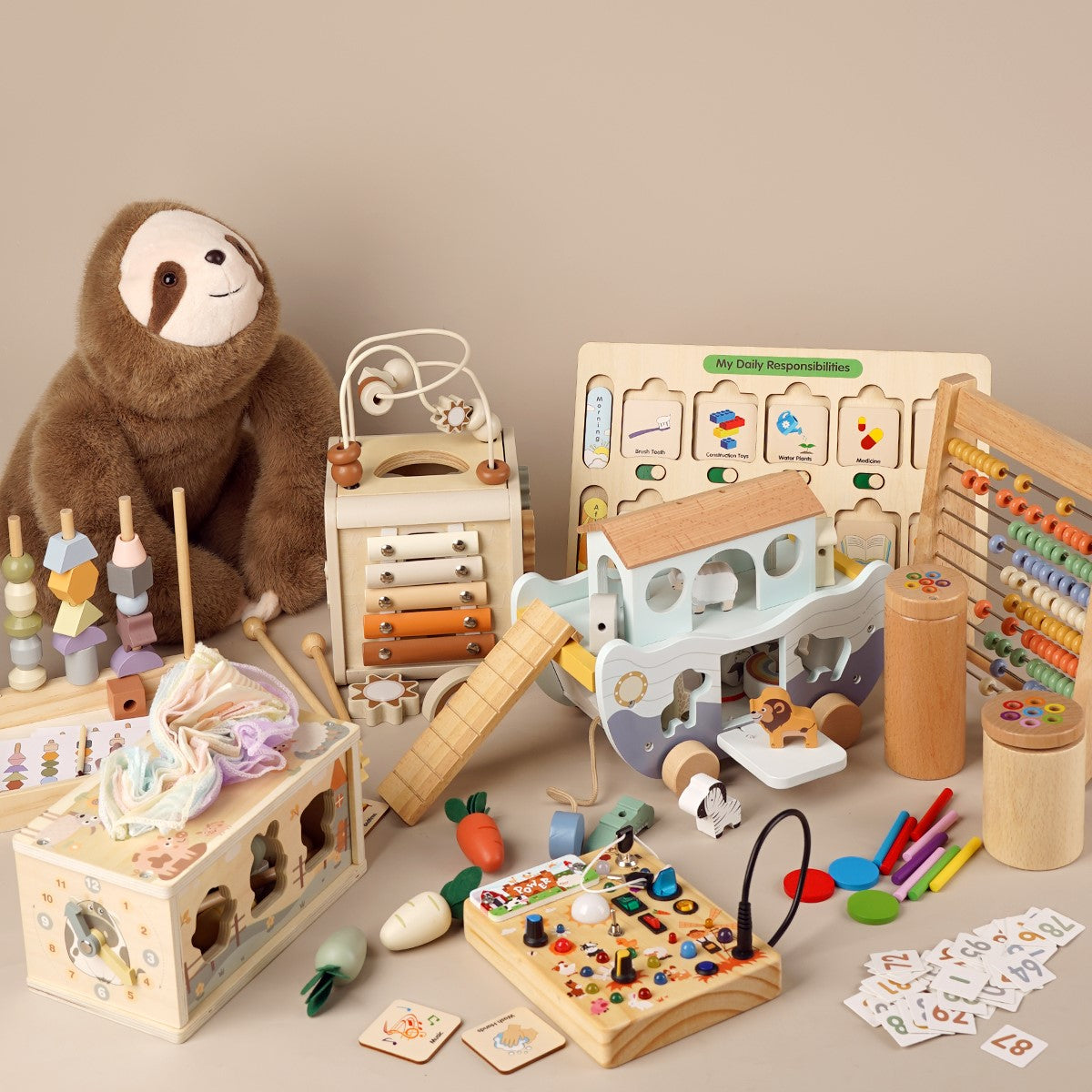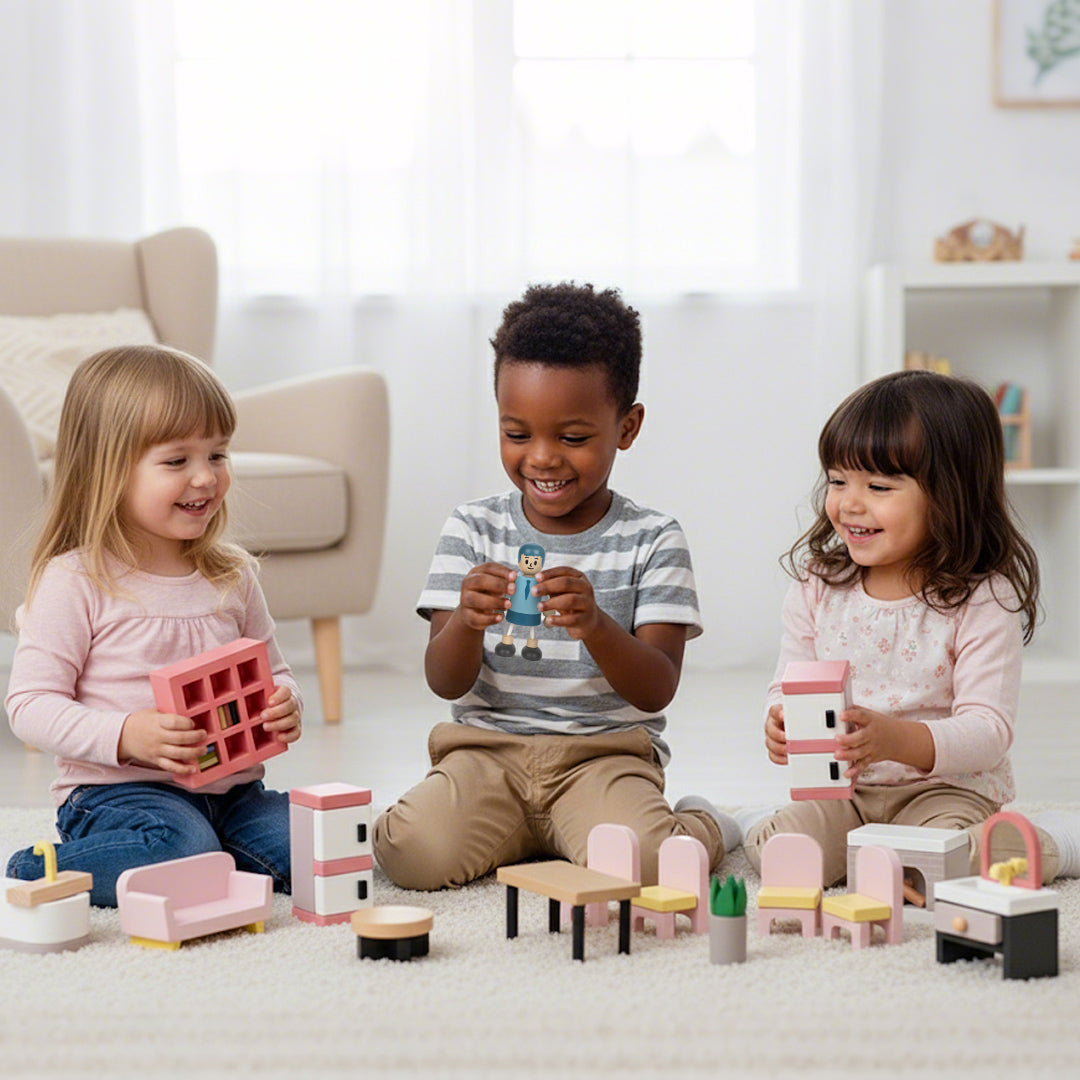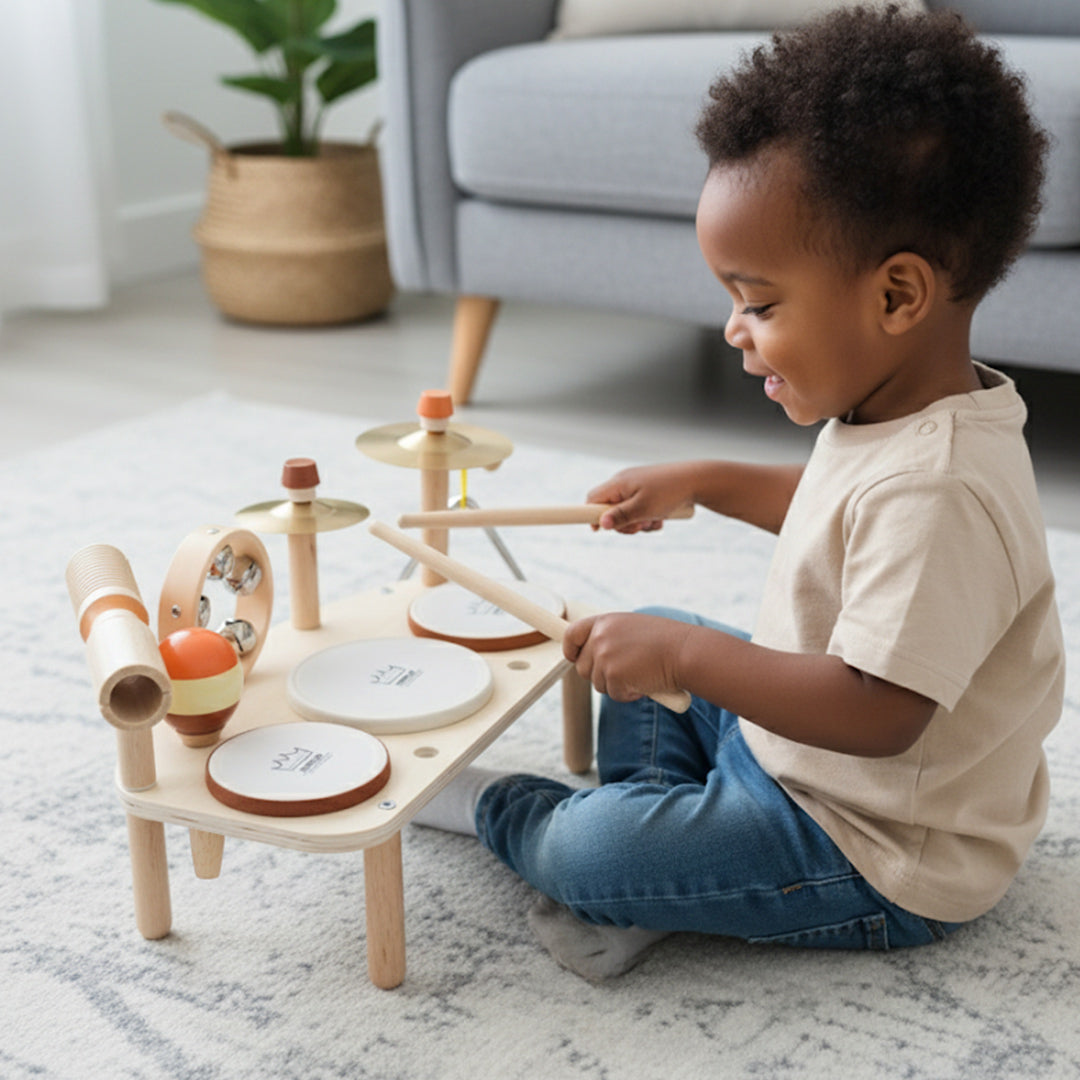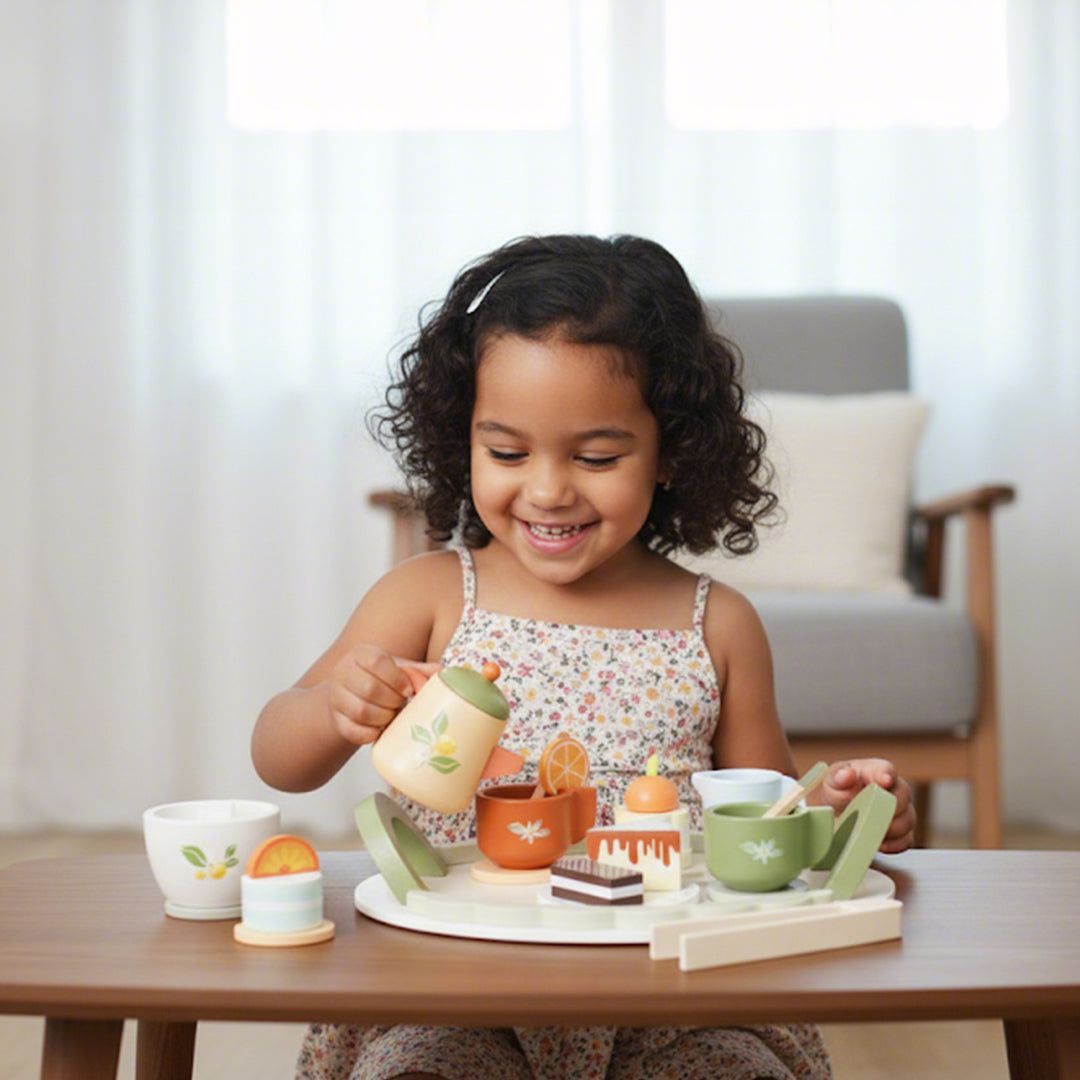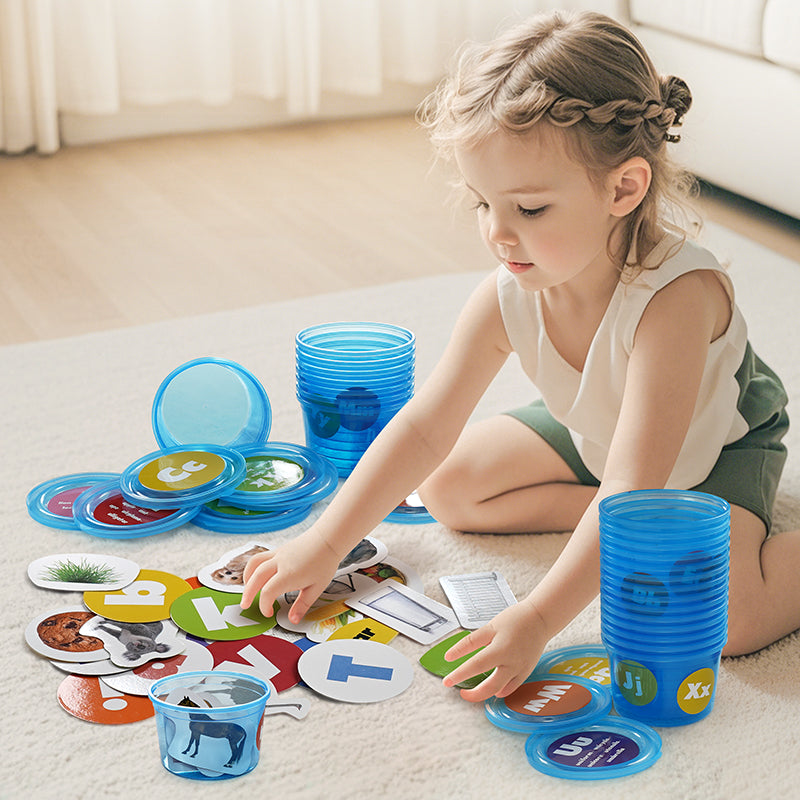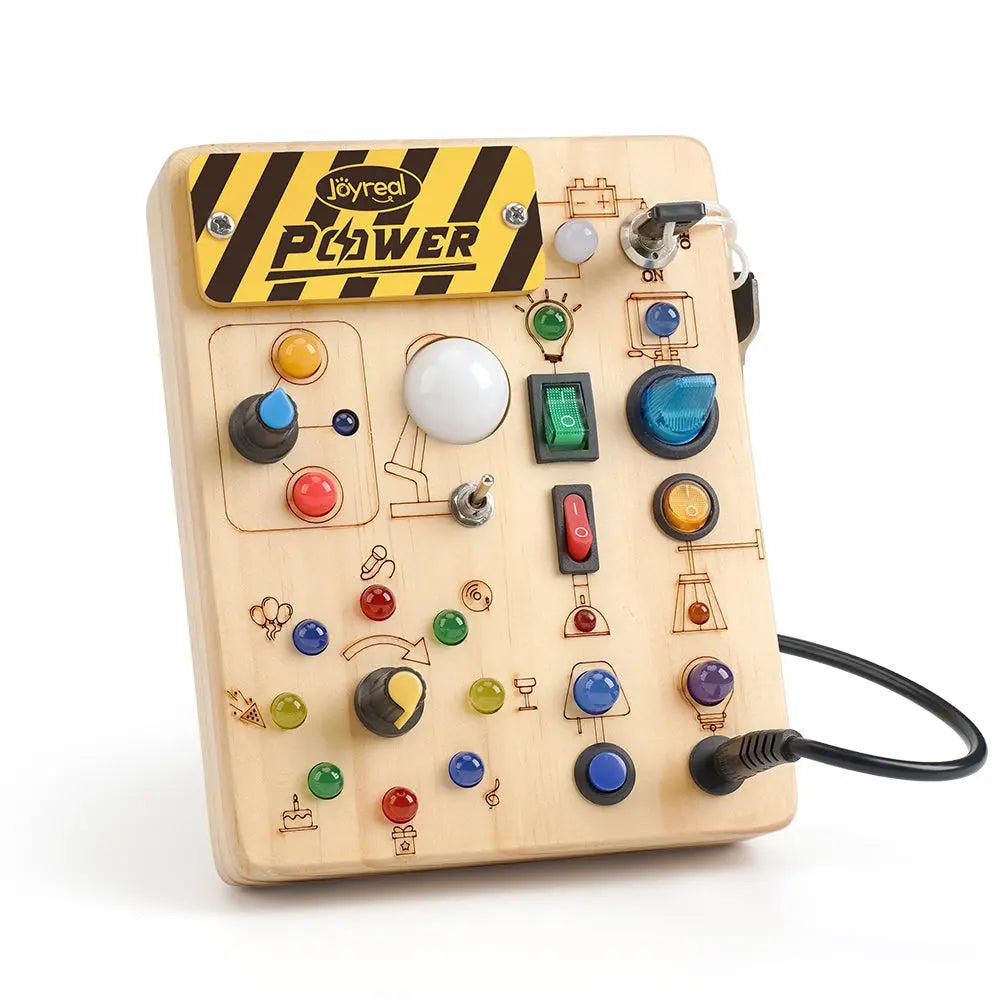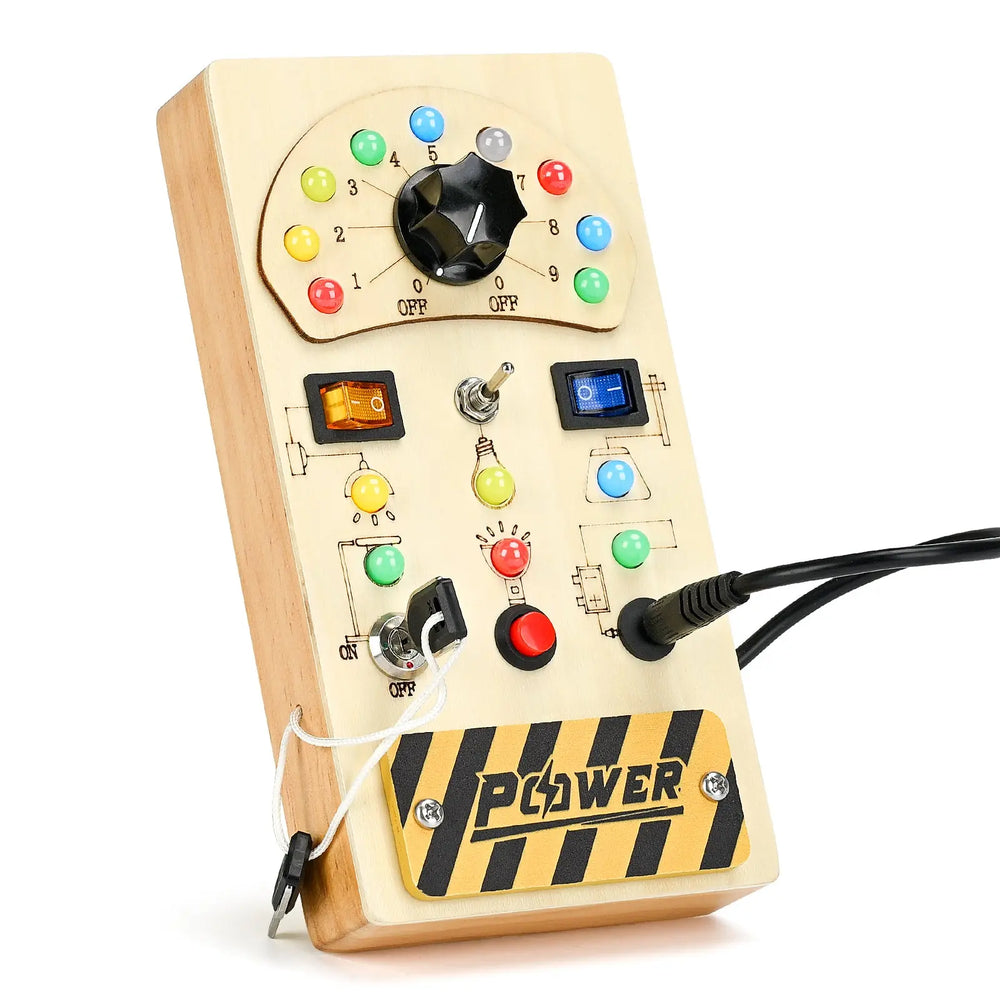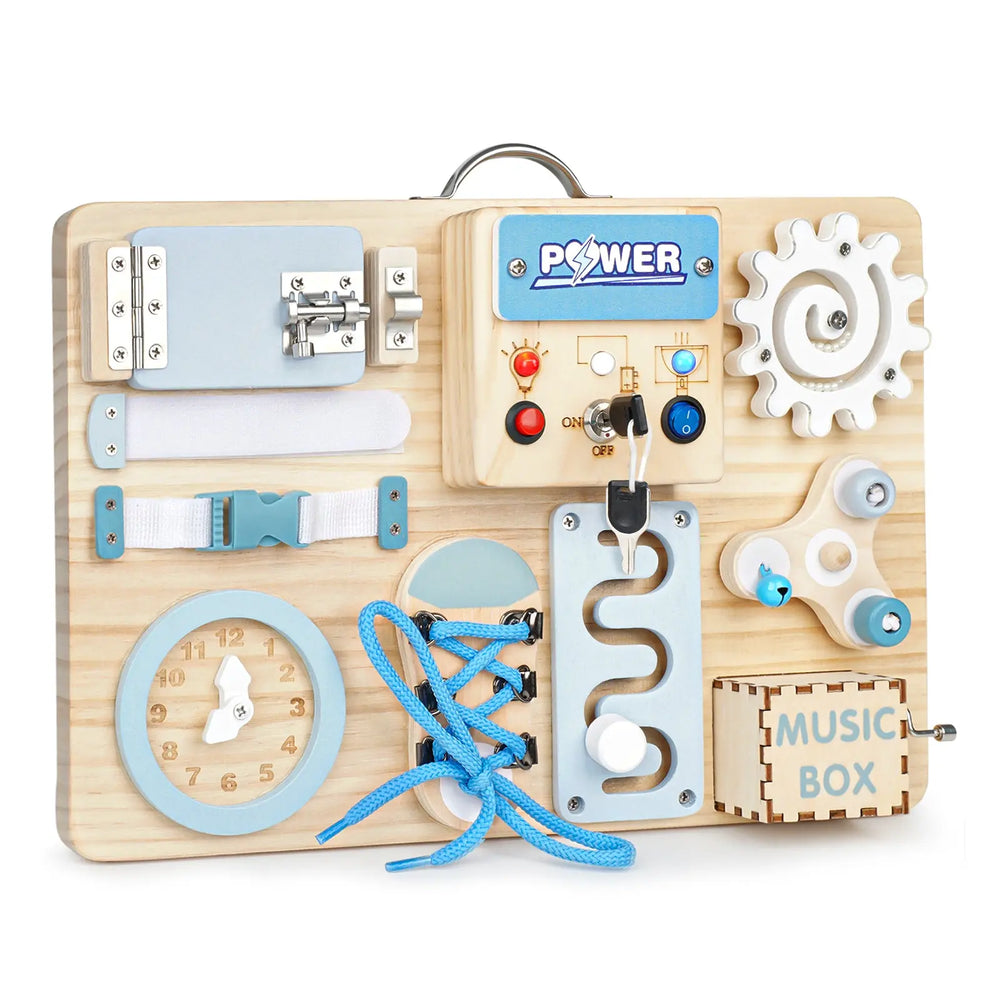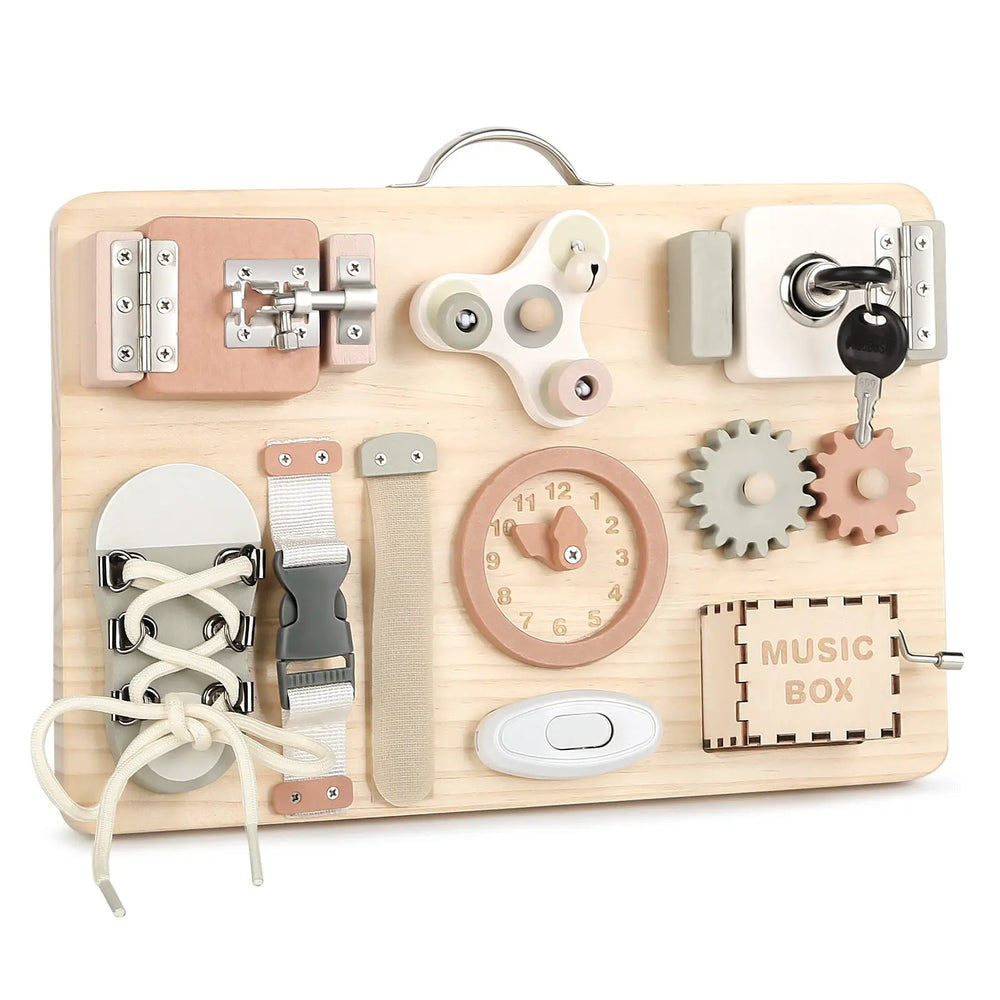Montessori Sensory Learning: Why 0-5 Years Matter
From the moment they are born, children explore the world through their senses—touch, taste, smell, sight, and sound. Sensory learning plays a crucial role in early childhood development by helping young children make sense of their surroundings, develop cognitive skills, and build emotional resilience.
What Is Sensory Learning?
Sensory learning involves engaging a child’s senses to help them process and understand new information. This type of learning encourages hands-on exploration, which strengthens neural connections in the brain and supports overall development.
Common sensory activities include:
- Playing with textured materials (sand, water, playdough)
- Exploring different sounds (musical instruments, nature sounds)
- Engaging in movement-based play (swinging, jumping, balancing)
- Experimenting with smells and tastes (cooking activities, scent jars)
- Using montessori busy board (tactile boards with buttons, zippers, and latches)
The Science Behind Sensory Learning in Early Childhood
From birth, children absorb information primarily through their senses—touch, sight, sound, taste, and smell. Research shows that:
- 90% of brain development occurs by age 5 (Harvard University).
- Sensory play strengthens neural pathways, enhancing memory, problem-solving, and language skills.
- Hands-on exploration helps children develop fine and gross motor skills.
Montessori education leverages these findings by designing environments where children engage in purposeful sensory activities that align with their developmental stages.
Why Is Sensory Learning Important for Early
Development?
1. Enhances Cognitive Growth
Sensory play stimulates brain development by encouraging problem-solving, critical thinking, and memory retention. For example, when a child plays with a montessori busy board, they learn cause-and-effect relationships by manipulating locks, switches, and gears.
2. Supports Language Development
As children interact with different textures, sounds, and objects, they naturally expand their vocabulary. Describing sensory experiences (e.g., "This slime is sticky!" or "The sand feels rough.") helps them articulate their observations.
3. Develops Fine and Gross Motor Skills
Activities like squeezing playdough, stacking blocks, or jumping on a balance beam strengthen hand-eye coordination and muscle control, preparing children for writing, sports, and other physical tasks.
4. Encourages Social and Emotional Learning
Sensory play often involves collaboration, sharing, and emotional regulation. For instance, playing in a sensory bin with peers teaches patience and teamwork, while calming sensory tools (like stress balls) help children manage emotions.
5. Builds Sensory Processing Skills
Some children may be over- or under-sensitive to certain stimuli. Sensory activities help them adapt to different sensations, improving focus and reducing sensory-related challenges.
Montessori and Sensory Learning: Unlocking Potential in Children Aged 0–5
In Montessori education, the senses are the gateway to understanding. Dr. Maria Montessori observed that young children don't just learn about the world—they experience it through movement, touch, sound, and hands-on exploration. This profound insight shaped an entire approach to early learning that still transforms childhoods today.
The Sensory Path to Learning
Walk into any Montessori classroom for children under five, and you'll see:
- Little hands tracing sandpaper letters that make phonics tactile
Concentrated faces as children pour water between pitchers, developing coordination - Ears perked up during sound matching games that sharpen listening skills
The quiet satisfaction of buttoning a vest or opening a latch on a Montessori busy board
These aren't just activities—they're carefully designed sensory invitations that build neural pathways during the brain's most rapid growth period (when 90% of development happens by age 5).
How Sensory Learning Shapes the Whole Child
1. The Body Learns First
Before abstract concepts make sense, children need to:
- Feel the weight of a wooden cylinder in their palm (Sensorial Materials)
- Distinguish the scent of lavender from rosemary (Practical Life Activities)
- Balance their steps on a taped line (Movement Education)
These experiences wire the brain for future math, language, and problem-solving.
2. Focus Through the Fingers
A 3-year-old polishing a mirror or sorting color tablets isn't just playing—they're:
- Developing concentration (the foundation for all learning)
- Building fine motor control (pre-writing skills)
- Learning self-correction (resilience through trial and error)
3. Emotional Roots in Sensory Comfort
The rhythm of sifting rice or the predictable feel of a fabric matching basket does more than teach—it:
- Regulates nervous systems
- Creates security through orderly exploration
- Fosters independence ("I did it myself!")
Sensory Learning vs. Learning Styles
Sensory learning, central to Montessori education, is rooted in neuroscience and emphasizes that young children (0–5 years) learn best through multi-sensory exploration (touch, movement, sound, etc.), which builds strong neural connections. In contrast, the learning styles theory (visual, auditory, kinesthetic) suggests tailoring teaching to a child’s preferred input method, though research shows this approach lacks scientific support and may limit learning potential. Montessori prioritizes hands-on, sensory-rich experiences (e.g., sandpaper letters, sound boxes) because they engage multiple senses simultaneously, align with brain development, and foster adaptable, real-world skills—rather than categorizing children into fixed learning preferences.
How Sensory Learning Improves Focus and Attention in Children
Sensory learning significantly enhances children's focus and attention by engaging multiple senses to strengthen neural connections and self-regulation. Research shows that hands-on Montessori activities like texture sorting, pouring work, and busy boards provide calming sensory input while training the brain to concentrate for longer periods. These purposeful experiences - whether manipulating objects, matching sounds, or moving carefully - help children filter distractions, develop impulse control, and build cognitive stamina. Studies confirm children in sensory-rich environments demonstrate 30% longer attention spans and greater task persistence compared to traditional learning settings. By intentionally incorporating tactile materials, movement breaks, and minimally distracting workspaces, we help young minds develop the fundamental ability to focus that supports all future learning.
How Vision, Hearing, and Touch Work Together to Foster Learning (Featuring Montessori Busy Boards)
The human brain processes information through three primary sensory pathways - visual (sight), auditory (hearing), and tactile (touch) - which work synergistically to create powerful learning experiences. Montessori education harnesses this natural sensory integration through tools like the Montessori busy board, which simultaneously engages multiple senses for optimal cognitive development.
Visual Learning develops through:
- Tracking movements (following pouring water between cups)
- Color discrimination (matching color tablets)
- Spatial awareness (building the pink tower)
Auditory Learning grows via:
- Sound discrimination (matching sound cylinders)
- Language absorption (listening to precise vocabulary)
Rhythm activities (clapping syllables)
Tactile Learning occurs through:
- Texture exploration (sandpaper letters)
- Fine motor practice (locks on busy boards)
- Pressure perception (kneading dough)
The Montessori busy board exemplifies this multisensory approach by combining:
- Visual tracking (watching zippers move)
- Auditory feedback (clicking latches)
- Tactile input (feeling different textures)
Research shows that when two or more senses work together:
- Information retention increases by 75%
- Learning speed improves by 40%
- Memory recall becomes more reliable
Practical applications for parents:
- Choose toys that engage multiple senses (like busy boards with bells and textured fabrics)
- Verbalize what children see and touch ("The metal latch feels cool and smooth")
- Encourage sensory-rich exploration in daily routines
By intentionally designing environments that stimulate vision, hearing and touch together - as Montessori busy boards do - we create ideal conditions for neural pathway development and lifelong learning success.
Simple Sensory Activities to Try at Home or in the Classroom
- Sensory Bins – Fill a container with rice, beans, or water beads and add small toys for exploration.
- DIY Playdough – Mix flour, salt, water, and food coloring for a fun, moldable texture.
- Montessori Busy Board – Create or purchase a board with latches, knobs, and switches to enhance fine motor skills.
- Nature Walks – Collect leaves, rocks, and flowers to discuss textures, colors, and smells.
- Sound Jars – Fill small containers with different materials (beads, rice, coins) and shake to compare sounds.
- Finger Painting – Use safe, washable paints to explore colors and patterns through touch.
Conclusion
Montessori sensory learning for 0-5 year olds scientifically builds lifelong skills. Through purposeful sensory activities like busy boards, children naturally develop cognitive abilities, motor skills, social-emotional intelligence and independence. This holistic approach creates optimal development when integrated into daily routines.
Maybe it will be helpful for you:
Recent Post

What Finally Helped My Toddler Speak Up?
If you’re a toddler mom, you already know how much emotional weight...

Joyreal Christmas Toys Deals 2025
Enjoy instant savings across nearly every category, from early lear...

How Wooden Montessori Toys Support a Sustainable Childhood
Most parents don’t say it out loud, but many feel the same quiet fr...

Top Christmas Gifts to Help Kids Communicate Better This Holiday Season
The holiday season brings joy, family bonding, and endless opportun...

How to Make DIY Printable Communication Boards
Communication is at the heart of every child’s development — and fo...

Top 5 Christmas Gifts That Bring Families Closer (2025 Guide)
Christmas isn’t just about the gifts — it’s about the moments we c...

Top Musical Christmas Gifts for Toddlers & Preschoolers 2025
Why Musical Gifts Are Perfect for Toddlers and Preschoolers Music h...

Joyreal AAC Devices Wholesale Partner
In today’s educational and therapeutic environments, speech therapi...

Joyreal AAC Device – Big Sale for Autism & Speech
Every Voice Deserves to Be Heard Imagine your child looking up at y...

How to Choose Safe & Educational Toys for Christmas 2025
When “Just a Toy” Means So Much More If you’re a parent, you know t...
